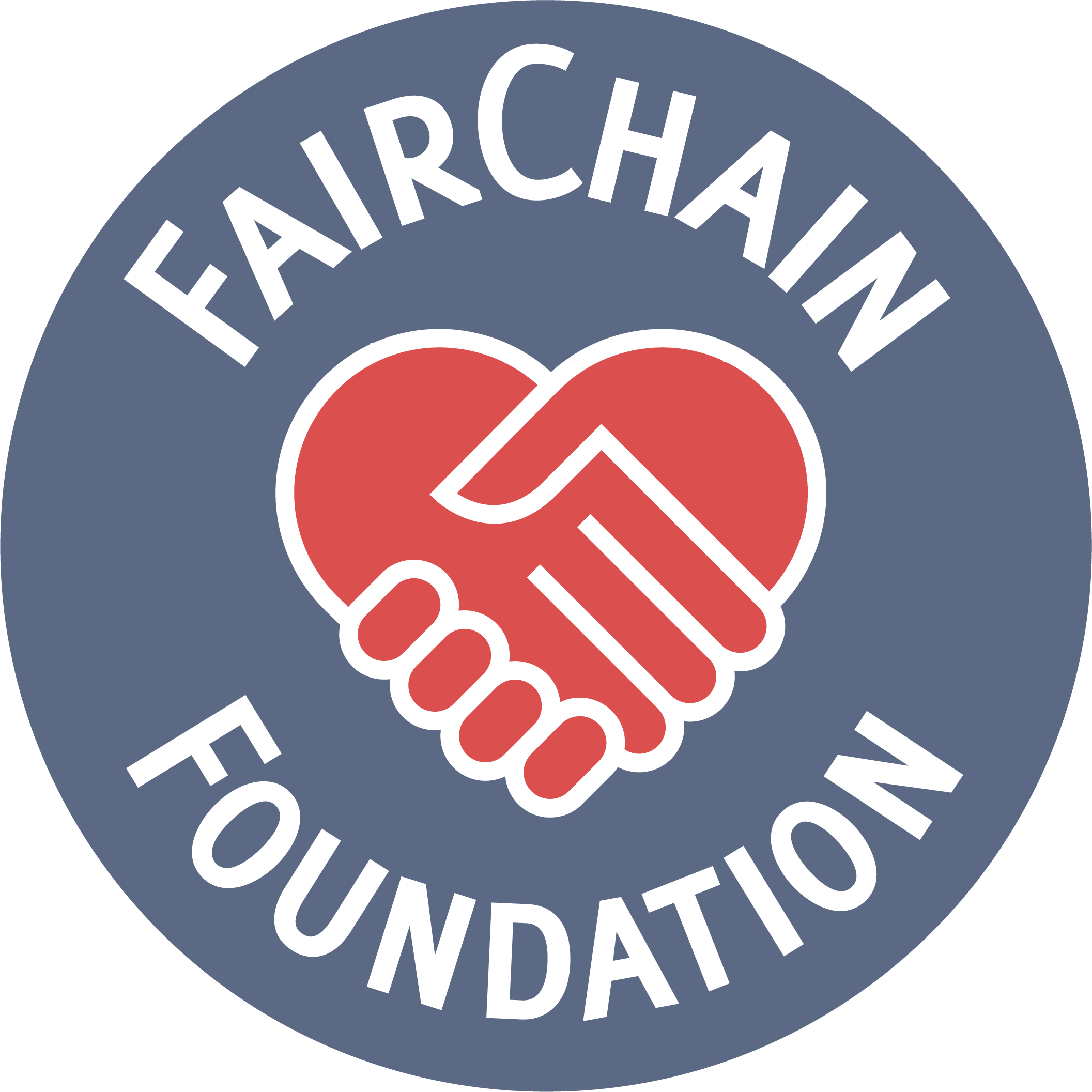FairChainPrinciples
When you think about FairChain, or try to convince your boss or board it’s the right path to take, these are the three key principles you should remember.
Creating Shared Value
FairChain is straightforward in its aim: share more value with the countries where the majority of the world’s raw commodities are produced. Not just share – but share fair and square. Our goal is an even 50/50 split between the producers in developing economies and the consumers here in the West. That’s a serious goal, but even tiny shifts in that direction will radically alter the world as we know it.
And it’s something that could be started doing today!
Trade over Aid
No way is trade going to replace government aid overnight. But this is our intention. Take Ethiopia, as the origin of Arabica coffee, Ethiopia has some of the world’s best beans. If we could shift some of the value-adding activities back to Ethiopia, such as roasting and packaging, we would exponentially increase their earning capacity. Multiply this value-adding shift across all coffee-producing countries, the impact would be extraordinary. Think beyond coffee to cashews or cocoa, then we’re talking a real revolution indeed!
Compete on Quality not Poverty
Too often quality is seen as a first world word, while poverty something reserved for the developing world. Admittedly, that’s an easy way for big giant corporations to justify their low prices. The fact is, commodities are the drivers of quality. In some cases, the raw commodities are premium brands in and of themselves. (Ethiopian Arabica being just one example). So when you think of FairChain, remember this: FairChain competes on quality, not poverty. And the way we do that is by transforming how we think of bulk commodities. Not as anonymous and emotionless items, but as diversified quality products.


